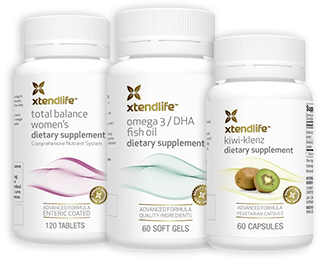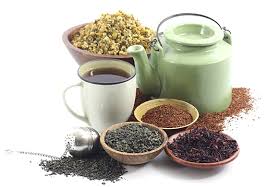Manuka Honey Is A Health Powerhouse
If you’re in the market for a special type of honey, one that is sweet and sticky as well as a medical miracle for treating infected wounds, the pollinated honey from the white flowers of the manuka bush native to New Zealand is an excellent choice.
While the medicinal effects of honey have been known since the late nineteenth century as a natural antibacterial, manuka honey is especially potent by stimulating special cells that can repair damaged tissue caused by nasty infections.
It's also useful as an anti-inflammatory agent for quickly eliminating throbbing pain. However, depending on how and when the honey is harvested, the beneficial medical effects can vary significantly.
Quality of the Product Is Key
In order to properly ensure the quality of manuka honey, harvesters developed a scale rating system known as the UMF (Unique Manuka Factor). The UMF determines the amount of methylglyoxal found in a batch of honey. Methylglyoxal is a major ingredient for antibacterial healing and is found in all types of honey, albeit in low quantities.
The manuka bush has flowers with high concentrations of dihydroxyacetone, a chemical used by pollinating bees to produce methylglyoxal. Since manuka honey contains more of the antibacterial compounds than any other type, its UMF rating is higher.
If you’re searching for a natural disinfectant, look for honeys high on the UMF scale. Only licensed New Zealand vendors who meet the criteria can use their UMF rating on products. For even more authenticity, each licensed company is audited at random to meet the highest standards in harvesting, manufacturing, production, sampling, and handling.
If a company outside of New Zealand claims to have UMF quality manuka honey, they’re lying!
Be careful of imitators and phony brands marketing themselves as manuka honey if you’re looking for something antibacterial. Unless it has a rating of at least 10 UMF, you’re better off just eating the honey than applying it to your wounds and expecting something to happen.
The Many Health Benefits of Manuka Honey
Generally, medicinal manuka honey is known as “active” and gets applied on top of open cuts to prevent infection. Several studies have shown manuka honey effectively treats open wounds when you apply it as a dressing. Another study showed manuka honey could be effective in preventing gingivitis and other dental diseases by eating away at plaque.
Other purported uses either through direct application or ingestion include the prevention or treatment of certain cancers, reducing high cholesterol, clearing inflammation inside the body, treating diabetes, clearing sore throats and colds, soothing burns, and helping digestion. A trial test in some hospitals also showed the honey was effective at combating and preventing the growth of MRSA, a particularly nasty superbug known for being resistant to most antibiotics.
Because manuka honey is relatively new to big name grocery stores (they’ve been available at natural/organic shops for years), there is a tendency to oversimplify what the name means. Some stores who have their own in-house brands will market manuka honey while failing to mention it is either a mix or lacks purity.
There are no restrictions that prevent manufacturers from selling honey where even one percent manuka purity is good enough to label as the real thing. In these instances, the manuka name is purely a taste difference between other honeys and has no actual healing properties.
If you’re looking for a strong flavor with aromatic hints of earth and mineral along with a bitter aftertaste, this may be a good honey to eat. This is all brand name manuka honeys are good for unless you get it directly from a reputable source.
Remember, if you’re looking for a medical application with your honey; look for a UMF rating of 10 or higher!
Read more on our nutritional supplements page or return to the HSG home
Resources...
Search our site...
PREMIUM SUPPLEMENTS
The most advanced herbal supplements on the market
BULK HERBS AND TEAS
Need bulk herbs, teas, supplements and capsules?

